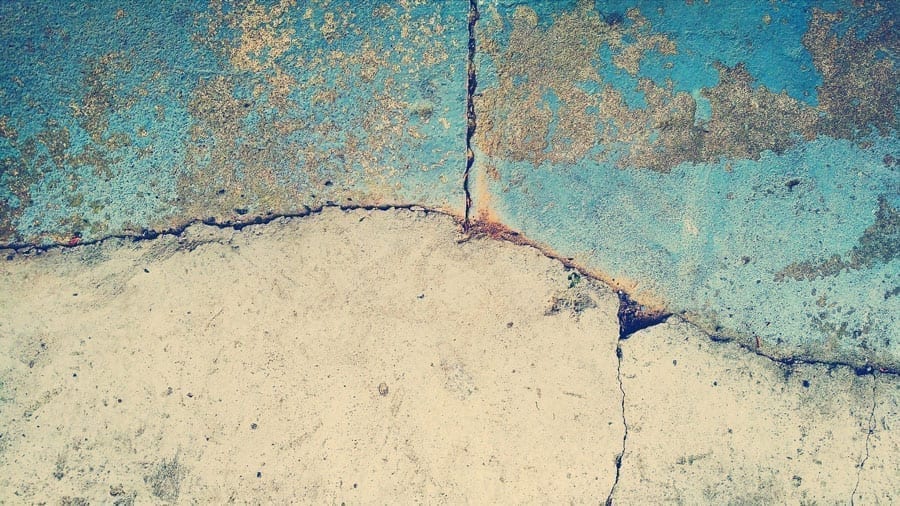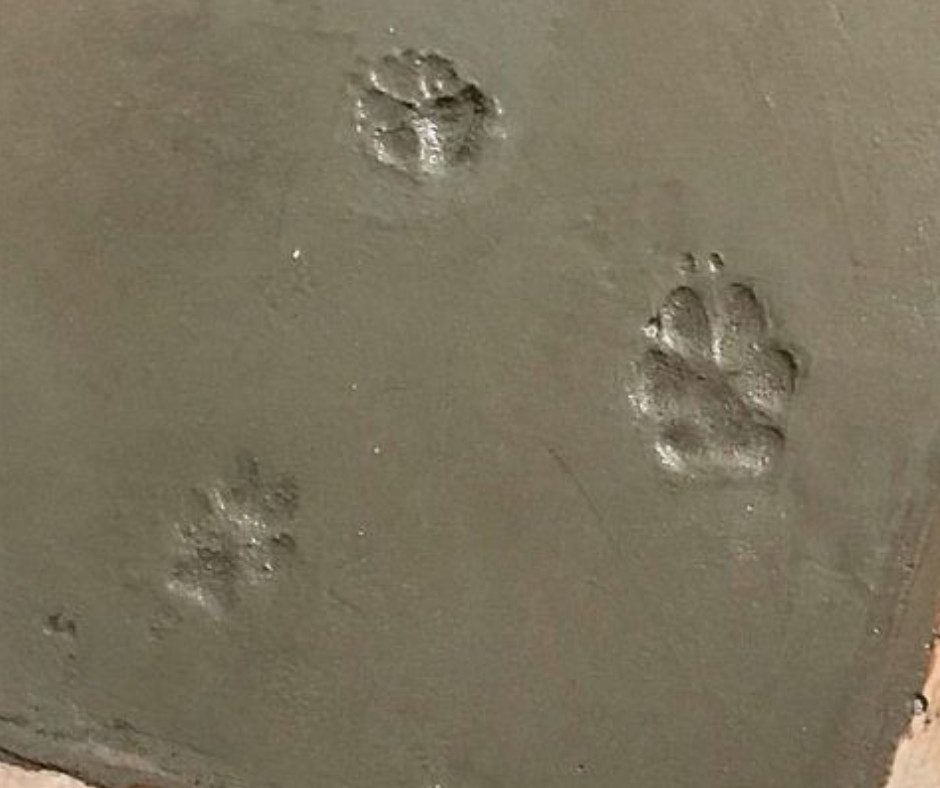
What is the Difference Between Concrete and Cement? A Comprehensive Guide
When it comes to any DIY project, deciding which materials to use is an important part of the renovation and building process. Sure, the initial costs are always top of mind, but also consider how materials will help you out in the long run. A cheap product upfront could end up costing you more down the road if it isn’t durable or energy efficient.
One construction product that some homeowners automatically overlook is concrete. While some might assume concrete is cumbersome, time-consuming, and downright intimidating, nothing could be further from the truth – according to a Bob Vila Academy professor.
Concrete might be the most used construction material worldwide, but how many homeowners have a good idea about what it is and how it works? Before you start your next renovation project, here’s what you need to know about concrete. Let’s start from the beginning: what is concrete?
What is the difference between concrete and cement?
Let’s start by addressing one of the most common misconceptions about concrete. Cement and concrete are often used interchangeably, but they are actually two different products. In fact, cement is one of the main ingredients of concrete.
Just like how you couldn’t make tomato sauce without tomatoes, you can’t make concrete without cement.
What Is Cement?
Cement is a manufactured product derived from a closely controlled chemical combination of specific ingredients.
Quarried materials (namely limestone, clay, and marl) are placed into a kiln, heated to extreme temperatures to form a hard substance, and then grinded down to create a superfine powder (one pound of cement contains 150 billion grains).
You’ll often hear the term “Portland cement” used about concrete ingredients. Portland cement is the most common type of cement used in concrete. It isn’t a brand name, but rather a generic term for this cement type, similar to how sterling refers to silver.
What is concrete made of?
For such a versatile and strong product, the recipe for concrete is surprisingly simple.
Concrete is a mixture of aggregates (sand and gravel), water, and cement. That’s it! The cement and water combine to form a paste, which is then mixed with the aggregates. This mixture usually consists of 10 to 15% cement, 60 to 75% aggregate, and 15 to 20% water.
A process called hydration hardens the cement and water, binding the aggregates into a hard mass. But here’s something really fascinating about concrete – the hardening process continues for several years, so concrete gets stronger as it ages. This hardening process makes concrete a great construction product choice for homeowners who want durable surfaces to last a lifetime in and around their homes.
The word ‘concrete’ comes from the Latin verb concrescere, meaning ‘to grow together,’ which perfectly sums up the concrete process.
Why is concrete so popular?
Did you know that the only other material used more than concrete is water?

Concrete’s popularity as a construction material comes down to two essential factors: versatility and affordability. These give it a leg up on many other products since it can be used to construct any size or shape imaginable. Thanks to its simple ingredients recipe, it’s cost-effective!
Concrete is also durable (it’s not affected by rust or rot), long-lasting, low maintenance, fire-resistant, and easy to use. Plus, it’s one of the safest building materials around.
Concrete also has excellent compression strength and can withstand heavy loads.
With all those benefits, it’s no surprise that concrete has become the world’s most popular construction material, used in everything from highways and high-rises to backyard patios and kitchen countertops.
Is concrete energy-efficient?
We’re not quite done listing off all the benefits of concrete! On top of all the perks just mentioned above, concrete comes with the advantage of being naturally energy-efficient, which is particularly beneficial for homeowners.
Concrete’s thermal mass slows heat transfer through walls, keeping homes cool in the summer and warm in the winter. What’s more, concrete buildings don’t have as many pesky air leaks as wood-frame structures, and as many homeowners know, air leaks are a significant source of energy loss. For homeowners, having concrete walls means less reliance on heating and air conditioning units, which also means lower utility bills.
In fact, concrete’s thermal mass properties can save 5 to 8% in energy costs compared to other materials, like softwood lumber.
Concrete also gets bonus points for being 100% recyclable.
The Different Types of Concrete
As there isn’t one type of wood, there are different types of concrete products as well. However, the most commonly used form is ready-mix concrete, which accounts for almost three-quarters of all concrete use. In the United States, there are approximately 260 million cubic yards of ready-mix concrete used annually!
So what makes this type of concrete so favored? Think of it as a custom-made solution. The concrete is prepared in a factory using exact specifications for a particular job. Transit mixers (the large trucks with a revolving drum) then deliver the concrete to the construction site in a plastic, unhardened state that’s ready to use.

(Fun fact: in the early 1900s concrete was delivered in a horse-drawn mixer. The mixer used paddles that were turned by the cart’s wheels to mix the concrete.)
A considerable advantage of ready-mix concrete is that it’s prepared in a controlled environment by professionals using consistent practices and equipment, which guarantees a high-quality product.
Of course, not every project requires a whole truckload worth of concrete! Fortunately, bagged concrete mixes are readily available, and the perfect solution for your small project’s needs. With a bit of water added, these mixes are ready to use. Remember that water is a crucial part of the concrete recipe and ensures optimal strength, so make sure to pay close attention to the bag’s directions that indicate how much water to add.
How to Reinforce Concrete

It’s no secret that concrete can shrink and crack. Just as with other materials, concrete’s volume changes as it dries out. Typically with concrete, this change is about 1/16 of an inch in 10 feet.
This volume change is why concrete floors and pavement have joints installed, which allows the concrete to crack in a straight line at the joint as shrinking occurs.
If you’re DIYing a concrete countertop or another surface, you may want to install reinforcements that protect against cracking from shrinkage. Using fiberglass netting and chopped fiberglass as internal supports strengthens the concrete and helps protect your countertop from cracking.
Using a fiberglass net also significantly reduces the weight of precast concrete countertops – and that’s a major plus when it comes time for placement!
Decorative Concrete Possibilities
Don’t rule out using concrete just because you’re not a fan of its traditional white or grey color. There are endless decorative concrete possibilities without the high price tag of other materials like marble or granite.
Concrete is easily adaptable to color changes with a wide variety of stains and dyes. Whether you’re looking for faux wood floors or an antique-like patina finish, concrete can make your design dreams a reality. Best of all, concrete colorants are easy to apply for even the most newbie DIYers. Plus, maintaining your colored concrete’s beautiful look is as simple as using a coat of concrete sealer every few years.

And if you happen to want to change the look of your colored concrete down the road, it can be as straightforward as putting a different coating over the existing color. That’s a lot easier than the back-breaking work that goes into sanding and refinishing hardwood floors!
To learn about integrally colored concrete, check out our integral color guide.
Not sure what concrete color stain or sealer finish would suit your renovation? Direct Colors has various DIY Trial Kits of Concrete Stain and Sealer that will help you figure out what will work best for your project.
Choosing the Right Concrete Mix
The appropriate PSI (compressive strength) rating for your project will depend on the specific requirements and conditions. Common PSI ratings for ready-mix concrete include:
- 2,500 PSI: Suitable for residential projects like footings, slabs on grade, and small-scale walls.
- 3,000 PSI: Ideal for most residential applications and light commercial structures.
- 3,500 PSI: Recommended for reinforced foundations and structural support in residential and light commercial applications.
- 4,000 PSI: Commonly used for commercial and industrial applications.
- 5,000 PSI and higher: Reserved for specialized applications like high-rise buildings, bridges, and other demanding structural applications.
Popular Concrete Brands
In the United States, some of the most common brands of ready-mix concrete available at large retailers like Lowe’s and Home Depot include:
- Quikrete: Offers a variety of concrete mixes for residential and commercial applications.
- Sakrete: Provides a wide range of concrete mixes for different purposes, including specialty mixes for specific applications.
- Rapid Set: Specializes in fast-setting concrete mixes for quicker project turnaround.
- ProSpec: Offers professional-grade concrete mixes and repair products for commercial and industrial applications.
Each of the brands mentioned offers a variety of concrete mixes with different PSI ratings to cater to various applications. The most common PSI ratings for each brand are as follows:
Quikrete:
- 2,500 PSI: Quikrete Concrete Mix
- 3,000 PSI: Quikrete Crack-Resistant Concrete Mix
- 4,000 PSI: Quikrete Fast-Setting Concrete Mix
- 5,000 PSI: Quikrete 5000 Concrete Mix
Sakrete:
- 2,500 PSI: Sakrete Concrete Mix
- 4,000 PSI: Sakrete High-Strength Concrete Mix
- 5,000 PSI: Sakrete 5000 Plus Concrete Mix
- 6,000 PSI: Sakrete High-Strength Concrete Mix (when used with Sakrete Cement Color)
Rapid Set: Rapid Set offers a variety of specialized concrete mixes designed for quick setting and high early strength rather than specific PSI ratings. Rapid Set Cement All is a popular product that achieves a compressive strength of 3,000 PSI in 1 hour and up to 9,000 PSI at 28 days.
ProSpec: ProSpec offers professional-grade concrete mixes and repair products primarily for commercial and industrial applications. PSI ratings are not commonly specified for their general concrete mixes, as they focus on high-performance and specialty products for specific use cases.
Please note that the exact PSI ratings and product offerings may vary depending on the brand’s product line, and new products might be introduced over time. It’s always a good idea to consult the product packaging, technical data sheets, or the manufacturer’s website for the most accurate and up-to-date information.
Concrete is an incredibly versatile, durable, and cost-effective construction material, making it an excellent choice for a wide range of projects. By understanding the differences between concrete and cement, the various types of concrete available, the different PSI ratings offered by major brands, and how to reinforce and customize your concrete surfaces, you’ll be well-equipped to tackle your next DIY renovation or construction project with confidence.






